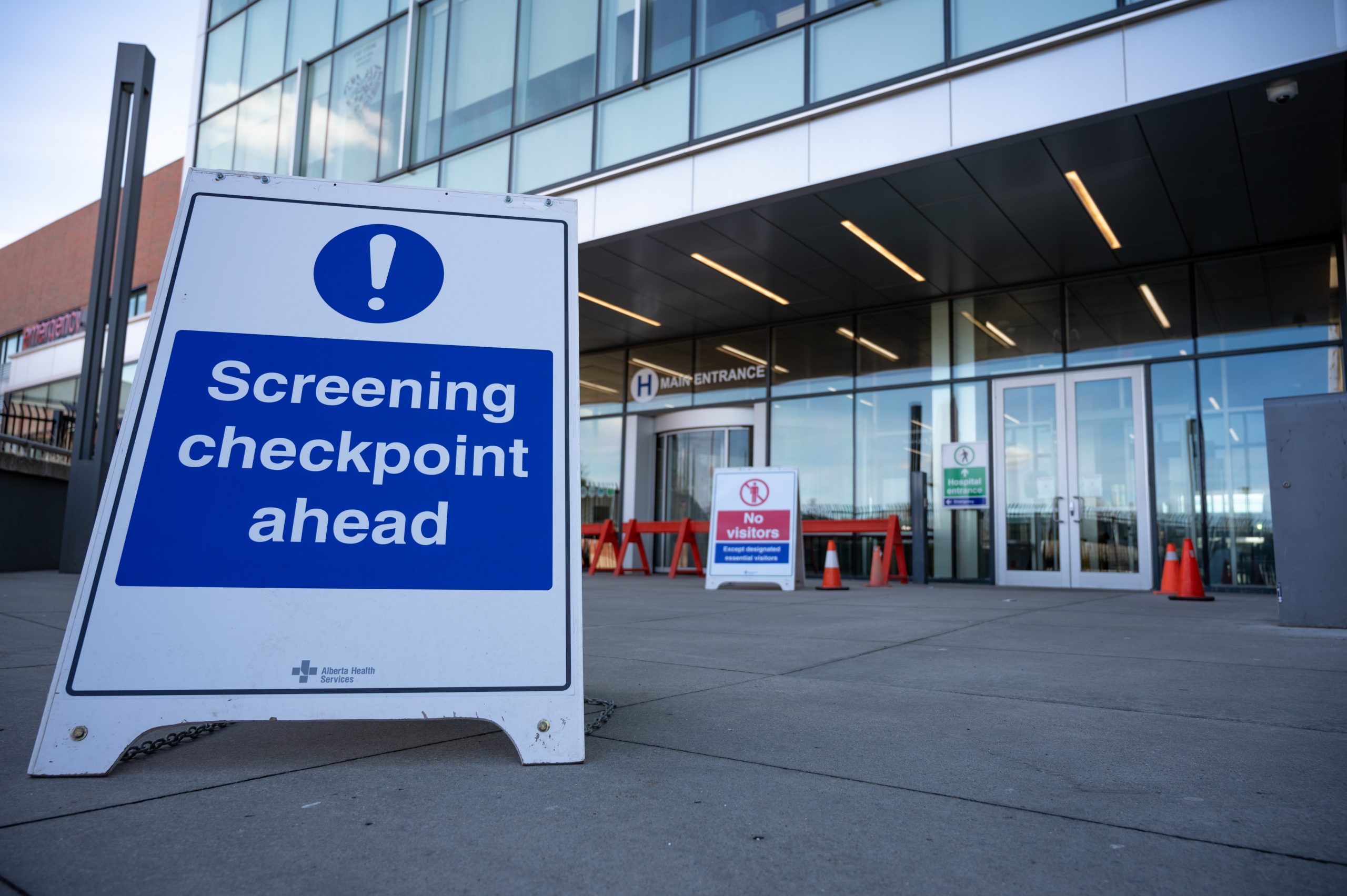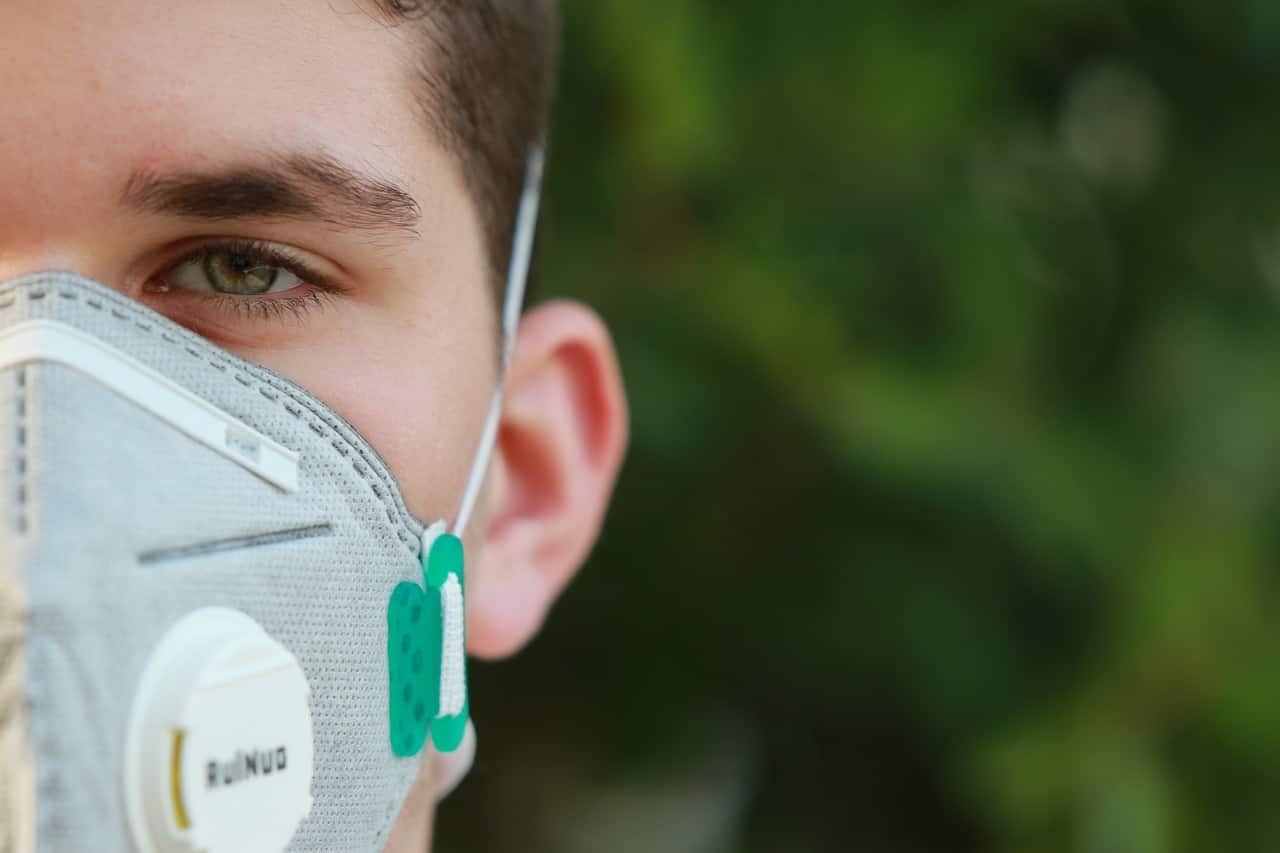
There is a particularly problematic risk of infection from undetected COVID-19 cases in places where intensive personal contact is prevalent, e.g. in tourism and at events. Researchers from the Danube Private University (DPU) and the Genius5 company (both n Austria) want to minimize this risk factor and have consequently developed a smell test.
A diminished sense of smell is considered a probable symptom that occurs in about 80% of people infected with COVID-19. This is regardless of whether they have other symptoms or not. Since this particular symptom occurs at an early stage, the smell test is also suitable for early detection of suspected COVID-19 infections. This distinguishes the smell test from conventional tests that measure antibodies in the blood. That is because conventional tests are not yet effective in the early stages of COVID-19, says Gerhard Kahr. He is the managing director of Genius5, the company responsible for developing the test kit.
Sense of smell
Our olfactory system works thanks to the mucous membranes of our nasal passages. Here, thousands of olfactory cells are located on five square centimeters and are held in position by supporting cells. Smell substances bind to these olfactory mucosa – just as the SARS-CoV-2 virus does too. The virus weakens the supporting cells and inhibits chemical processes triggered by smells. As a result, the odor detection threshold is raised and those affected consequently suffer from a reduced sense of smell.
Clinical studies on the smell test are being carried out by the research team at the Danube Private University, headed by Professor Dr. Christoph Kleber. They are concerned with the concurrent validity, that is, the correlation between the smell test and the reference materials, Kahr explains. In a preliminary study, the team has identified two aspects:
- Smells that are recognized by a high percentage of healthy people;
- Smells that are recognized by a high percentage of those who are sick with a seasonal illness, i.e. those who have a cold;
“This way, we can rule out any suspicions of false positives by using the smell test,” Kahr explains. His expertise lies in developing measuring systems that work in the ultratrace range.
Odor detection threshold
The odor detection threshold is defined by olfactory units. By definition, 50% of healthy people can perceive a unit of a scent, although not necessarily classify it. For this reason, the test subjects are presented with a range of finely graded scents, close to the odor detection threshold. Kahr: “If all olfactory cells are intact, the smells can be recognized at the threshold level and correctly classified. The more olfactory cells that are compromised, the less likely this will happen.”
The sense of smell decreases over the course of a lifetime. Also, women have a more pronounced sense of smell than men. Smoking can lead to a diminished sense of smell as well. These factors must be keyed in before the test takes place and are then factored in by the system.
Drawbacks
Other potential drawbacks of the olfactory test are that older test subjects may also be suffering from conditions such as Alzheimer’s, dementia and Parkinson’s disease. These can all lead to an impairment or a loss of the sense of smell. If the test result is positive, a physician should evaluate the relevant impairments. And, in case of doubt, administer a second test using a different methodology.
Also interesting: New method for contact-free screening of potential COVID-19 infections
The smell test kit is made up of two parts. An operational part for the person overseeing the test. And a test part with a contact-free keyboard for the test subjects. Genius5 was asked to develop a robust design because the device is intended to be installed in public spaces, such as hospital lobbies or airports. A factor that makes its use more complicated is that its surfaces must be constantly disinfected. This has been taken into account in the selection of materials. Another criterion was that the test had to be carried out inexpensively. It needed to have low maintenance requirements and a bare minimum of materials. One batch of smells is enough for 50,000 tests.

Two components
The smell test has two components. In the first one, the odor detection threshold is tested with a lime scent. The test subject confirms the perception of that scent either verbally or by using a contact-free sensor. This test component can also be used as a quick test. Which makes it suitable for frequently testing staff or students at a school, for example. In the second part of the test, the test subjects must not only confirm that they can distinguish the smell, but also name that smell. They are presented with two scents and must select the appropriate names via a multiple choice method. This second component allows the first answer to be checked. It is also supposed to be mandatory in anonymous settings, such as events or gatherings.
Application scenarios
At the current stage of development, the smell test kit can be used as a diagnostic measuring device to detect a diminished sense of smell. Then relay that data in real-time by connecting it to a network via a modem. The overall idea is to install enough test equipment nationwide and get them networked up to enable them to be used as an early warning system. Anonymized data can subsequently be quickly sent via modems to the cloud. This is where it can be accessed by authorized parties, such as health authorities, for comparison and evaluation. Potential clusters can be filtered out by comparing statistical results. The basis for this would form a map of Austria that depicts all of the test kits and shows the most up-to-date daily results when a location is clicked on.
A personnel test will be made available for use in the tourism industry, which fine-tunes and periodically checks the odor detection threshold of each individual. The aim is to test the staff on a daily basis if possible, Kahr states. In addition to early detection, the main advantage of the smell test is its affordability. The price is ten to 20 eurocents per test. In contrast, an antibody test costs €20 each.
People suffering from COVID-19 frequently suffer from an impaired sense of smell for several months at a time. The olfactory test with the smell test kit also enables the recovery of the sense of smell to be recorded through periodic comparisons.
Project participants
In addition to the Danube Private University and Genius5 Instruments, researchers from the Johannes Kepler University (JKU) Linz and the AIT Austrian Institute of Technology in Vienna were involved in the project. The project was sponsored by the Department of Science and Research of the State of Lower Austria.
Also interesting:
Proven: Not everyone infected with COVID-19 produces antibodies
Aroma and taste test for Corona at home






